Rupture
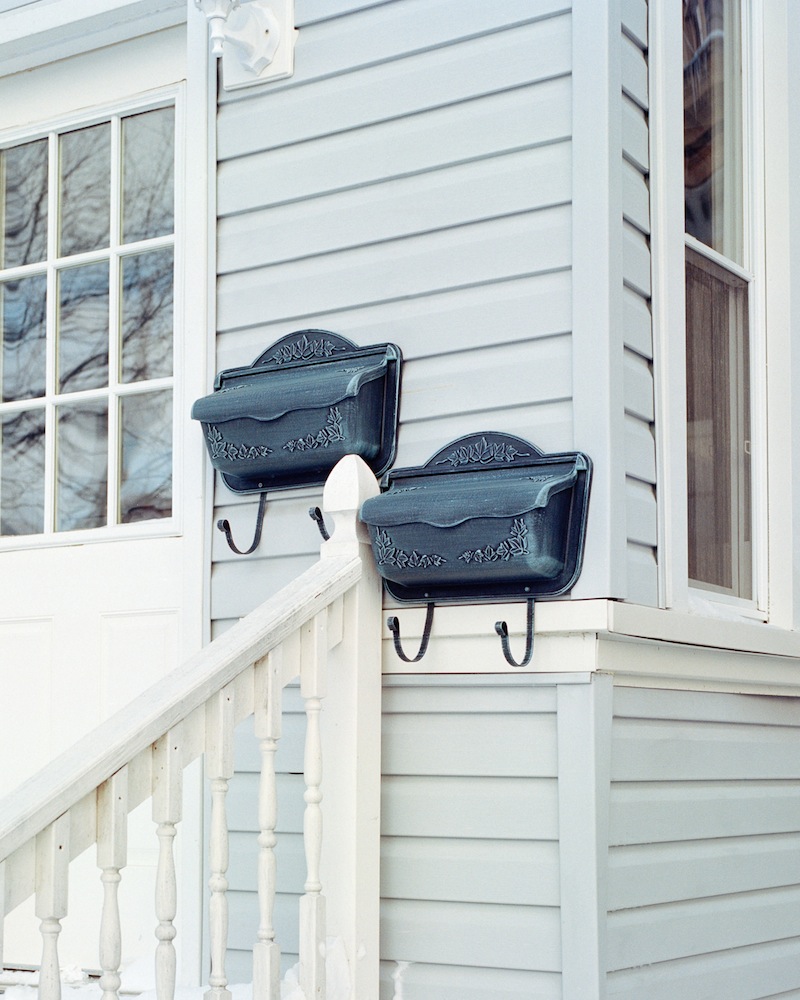
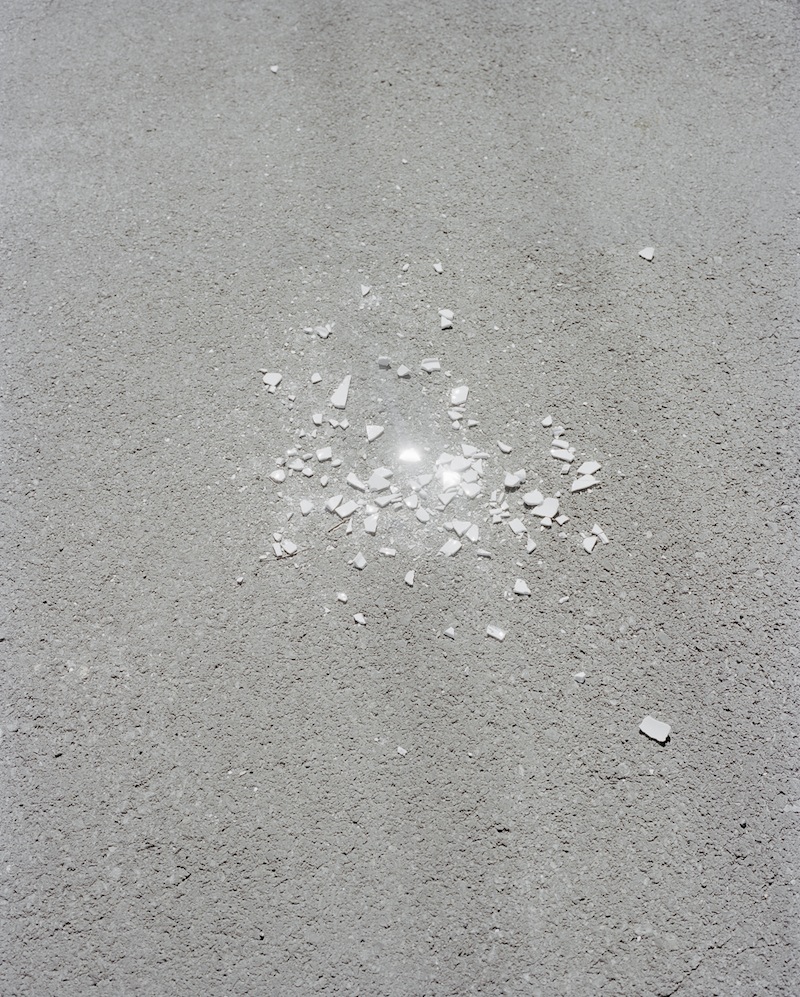
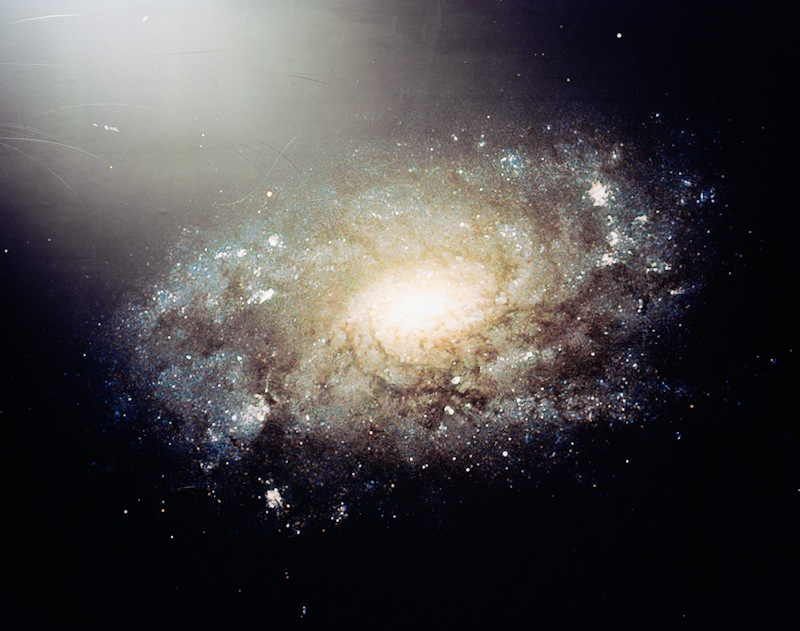
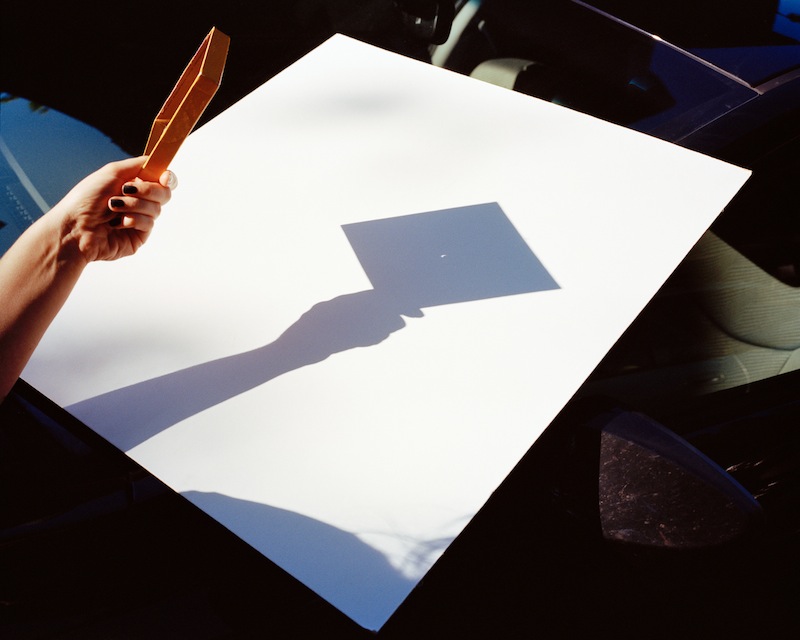
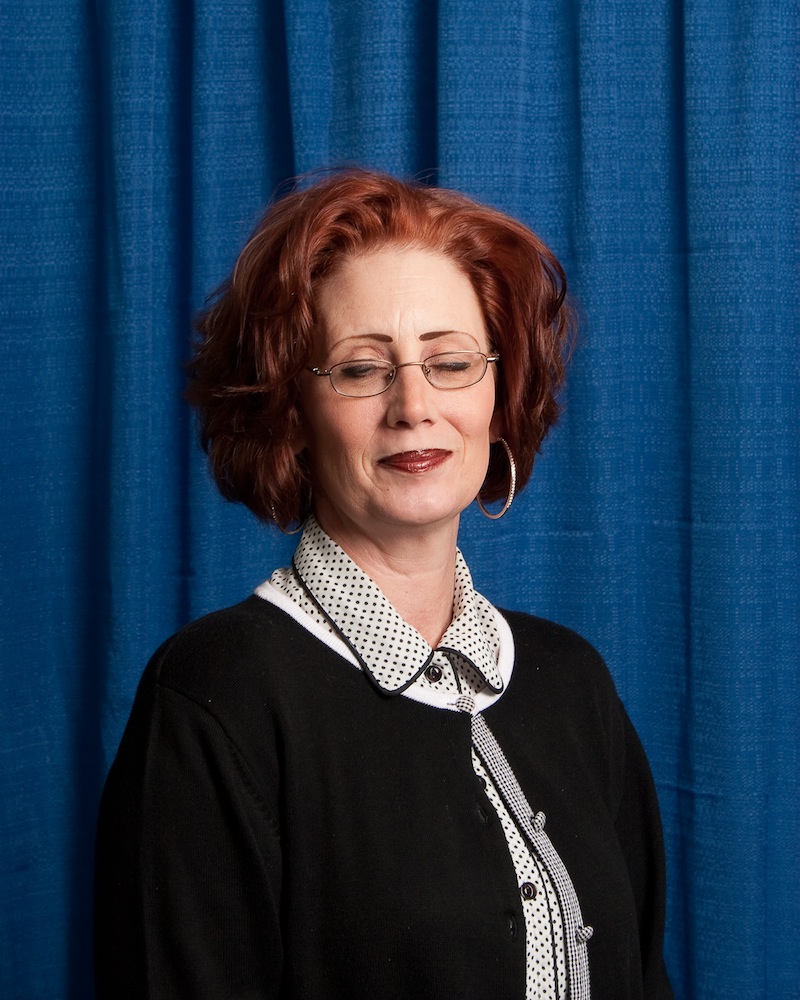
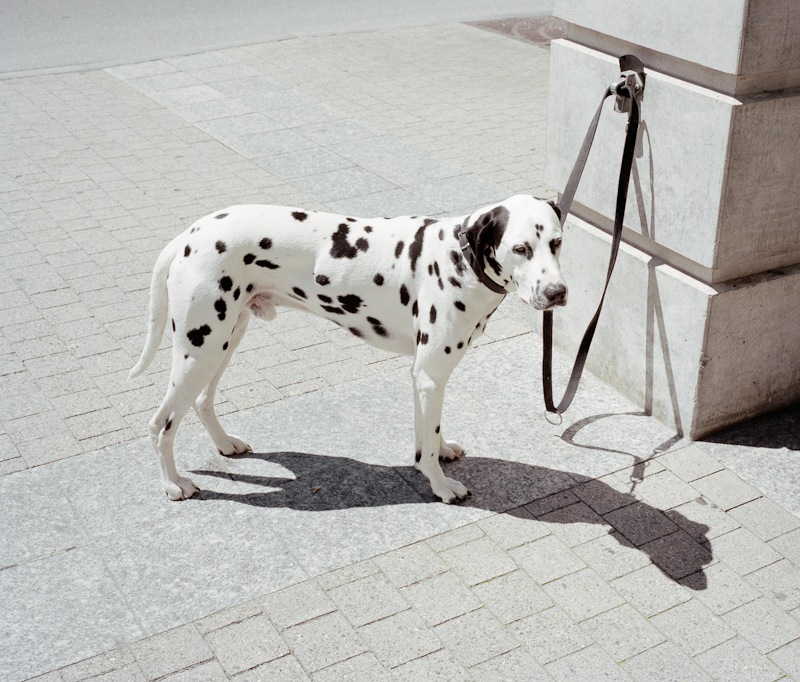
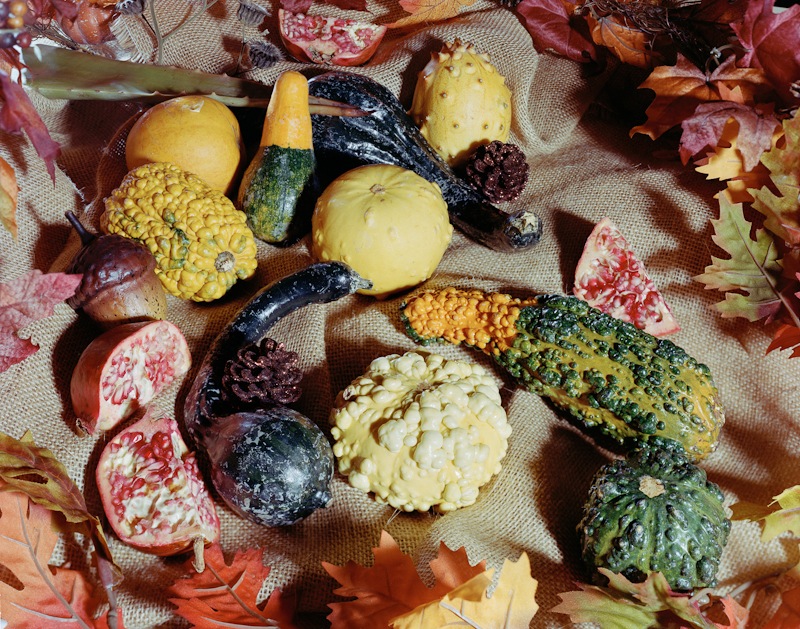
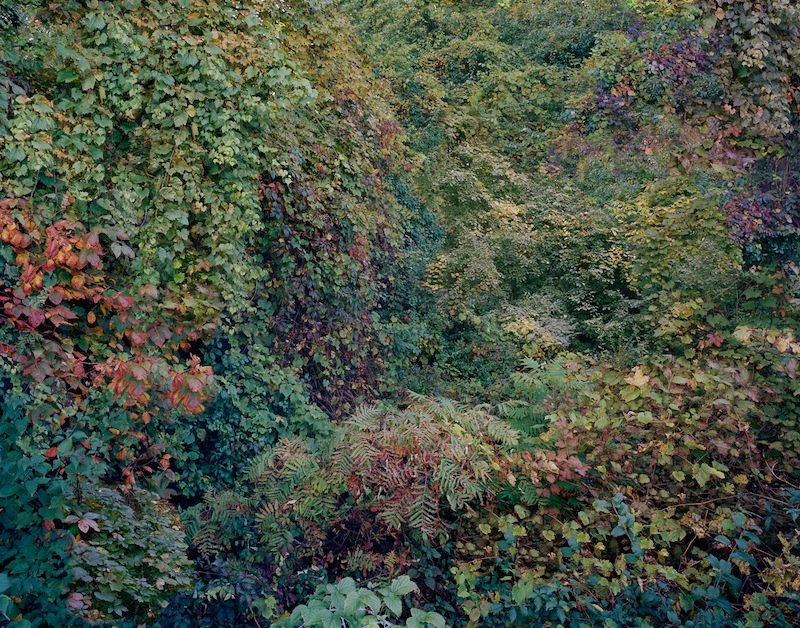

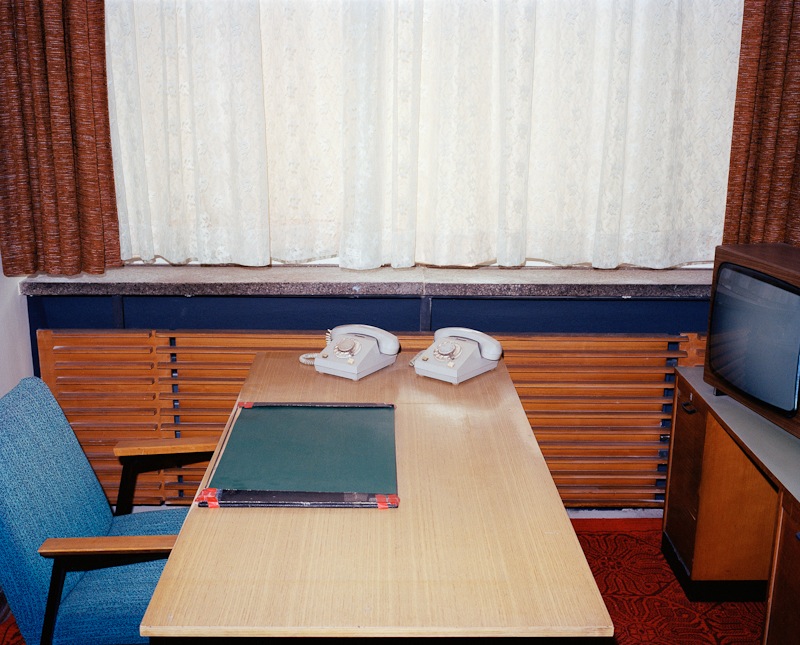
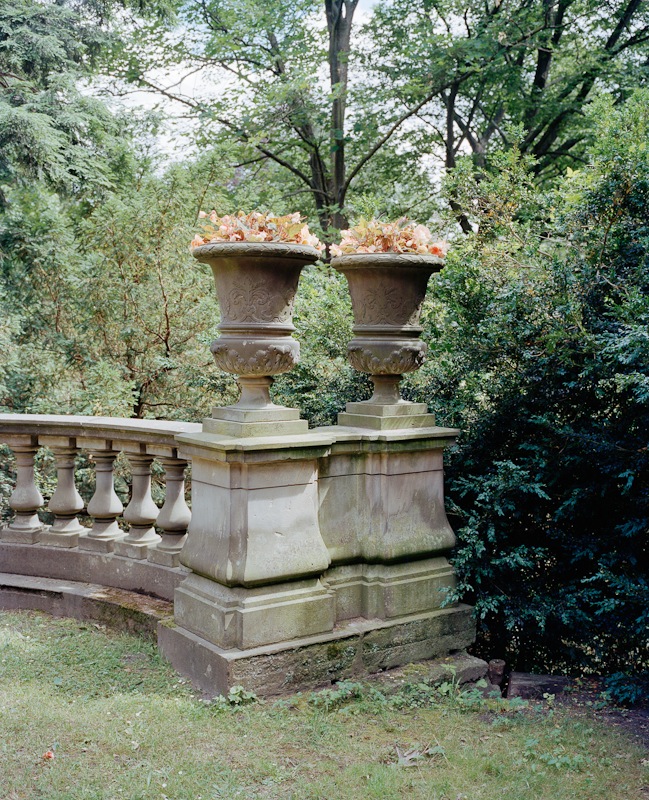

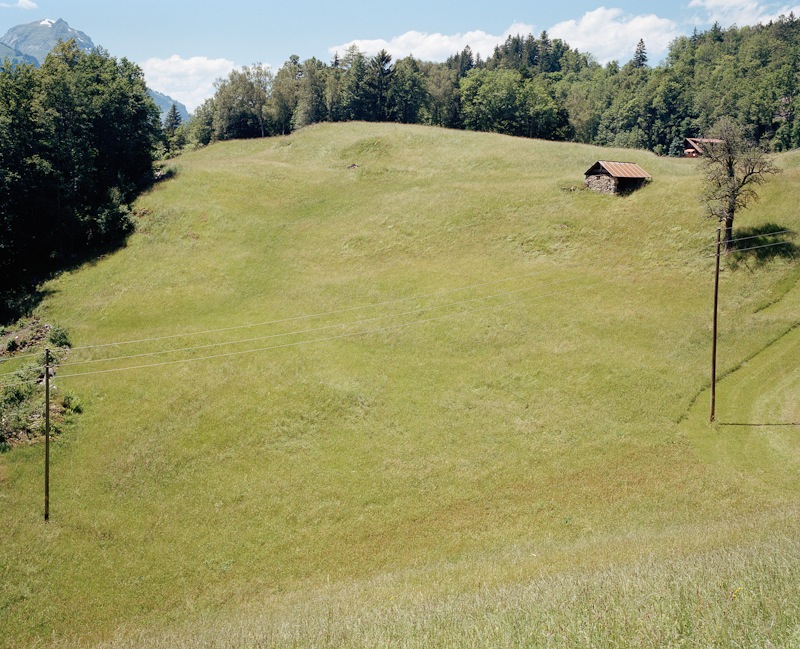
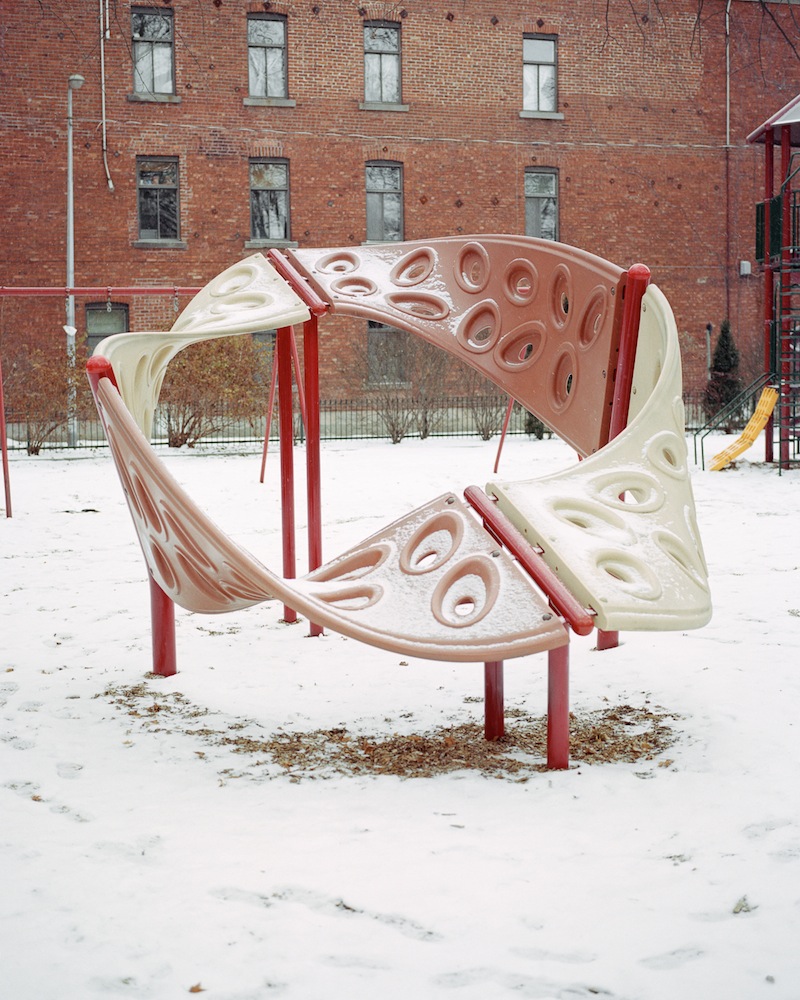
Joe Lingeman is an American photographer born in Ohio, raised in Indiana and currently based in New York City. We’re happy to share with you Joe’s series Rupture, a group of unrelated images that however represent a commentary on the photographic medium.
Hello Joe, thank you for this interview. What are your main interests as a photographer?
I’m interested in the absurdity, artifice, and beauty of everyday life.
What is Rupture about in particular?
This project began as a sort of repository for a number of images that didn’t fit into the clearly defined boundaries/parameters of other projects – they weren’t specific to a particular place or time, but instead felt somehow singular. Each image, I felt, contained some commentary on the medium of photography – specifically, the photograph’s apparent ability to describe, but failure to explain; the transformation that occurs when the camera renders a three-dimensional reality onto a two-dimensional picture plane; what happens when we put an object into a frame to be scrutinized.
In addition to this, Rupture is about the tension between authenticity and artifice in everyday life, and the desire for meaning beyond the surface of the ordinary.
Can you share some insight into your creative process for Rupture?
I didn’t start the project with the thought that it would become a project at all. It was more a process of accretion while editing – I would shoot, process and scan the film, and this “other” pile of images began to grow as I took stock of what images I had and where they belonged.
As the project became its own autonomous thing, I started to look back at old contact sheets to pull in images that I felt had the qualities to fit with the work. I then began to photograph with this project in mind, by relying more on intuition and thinking more loosely in terms of subject matter.
The element of the reflection recurs in several of the Rupture photos – what does it symbolize for you?
In a few images reflection or transmission serves as a connector between images, but it’s also a process whereby light appears to become physical – almost as an object unto itself.
Mention the skill that you think is most critical in the education of a photographer.
I’m not sure there’s one single-most-important learned skill, but I think the ability to hear criticism and take it seriously, while simultaneously staying true to one’s own vision and intuition is really important, balanced with a willingness to experiment and make mistakes. That and work ethic.
We think not enough people even realize that they can enjoy photography just like they enjoy films or music, and not necessarily as photographers but simply as viewers. What would you tell these people to pique their interest in photography?
This is a really interesting question. I don’t think one should necessarily have the same expectations for entertainment when looking at photographs that one has for the movies or music. Photographs are fundamentally different. Photographs can be as complex or dramatic or beautiful or funny as film but, like any visual medium, photographs need an active, critical, imaginative audience to complete the circuit. I think to enjoy photography as entertainment, the viewer has to bring a willingness to do some of the work.
If you could change or improve one thing about the photography industry, what would it be?
Most of the photography we see in magazines, advertisements, photobooks, galleries, museums, whatever, is made by white men. We need to see more diversity among the practitioners of the medium.
Describe your photographic diet.
“Diet” is such a great metaphor. I “snack” a lot by looking at a fair number of blogs and I follow a lot of great photographers on Tumblr. Sometimes I snack too much and start to feel sick. Otherwise, I feel like I’m constantly looking at photography – in magazines, advertisements, galleries, museums.
I always go back to the greats, usually in book form: Robert Frank, Garry Winogrand, Lee Friedlander, Diane Arbus, Mitch Epstein, Thomas Struth, Andreas Gursky. Those artists are still my main reference points – the staples of my diet.
Do you have any other passion besides photography?
I like to go for walks, ride my bike, and spend time with my wife. I love eating great food and baking bread.
Choose your #threewordsforphotography.
Eye. Hand. Coordination.
Keep looking...

FotoCal — Photography Awards, Grants and Open Calls Closing in January 2024
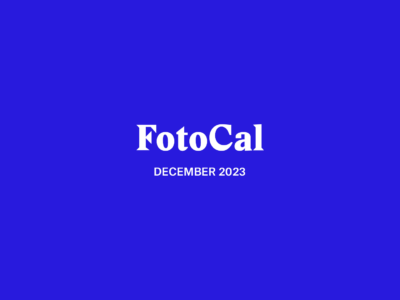
FotoCal — Photography Awards, Grants and Open Calls Closing in December 2023

FotoCal — Photography Awards, Grants and Open Calls Closing in November 2023
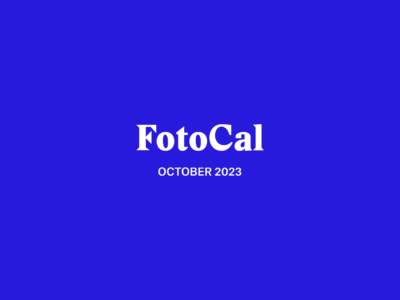
FotoCal — Photography Awards, Grants and Open Calls Closing in October 2023
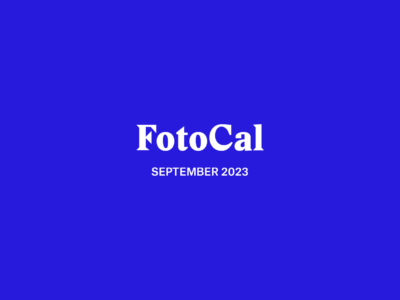
FotoCal — Photography Awards, Grants and Open Calls Closing in September 2023

FotoCal — Photography Awards, Grants and Open Calls Closing in August 2023

FotoCal — Photography Awards, Grants and Open Calls Closing in July 2023




